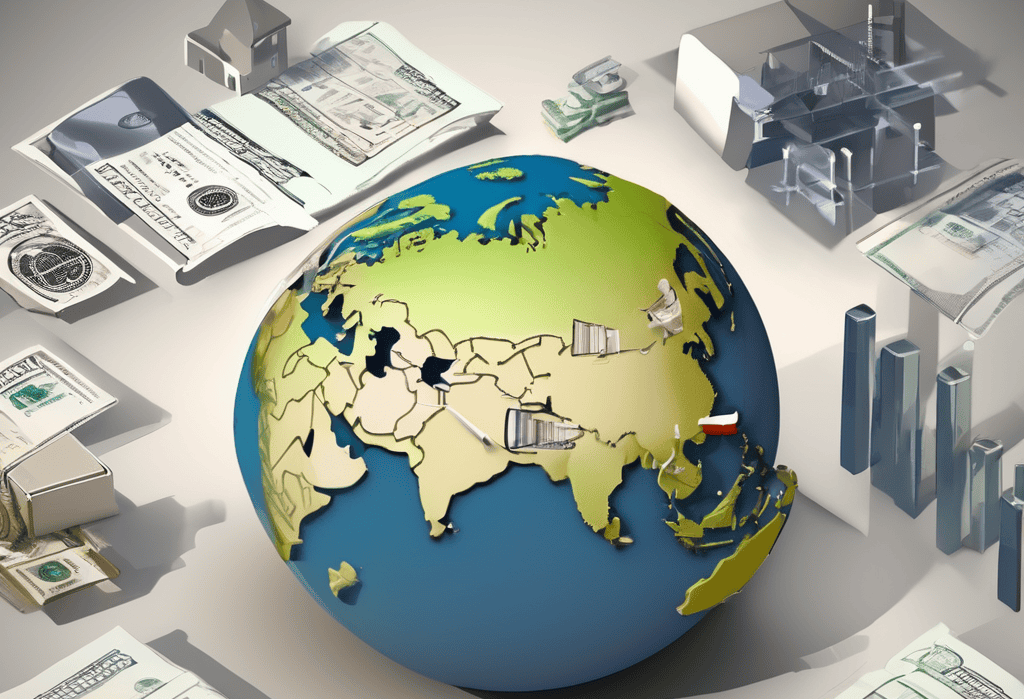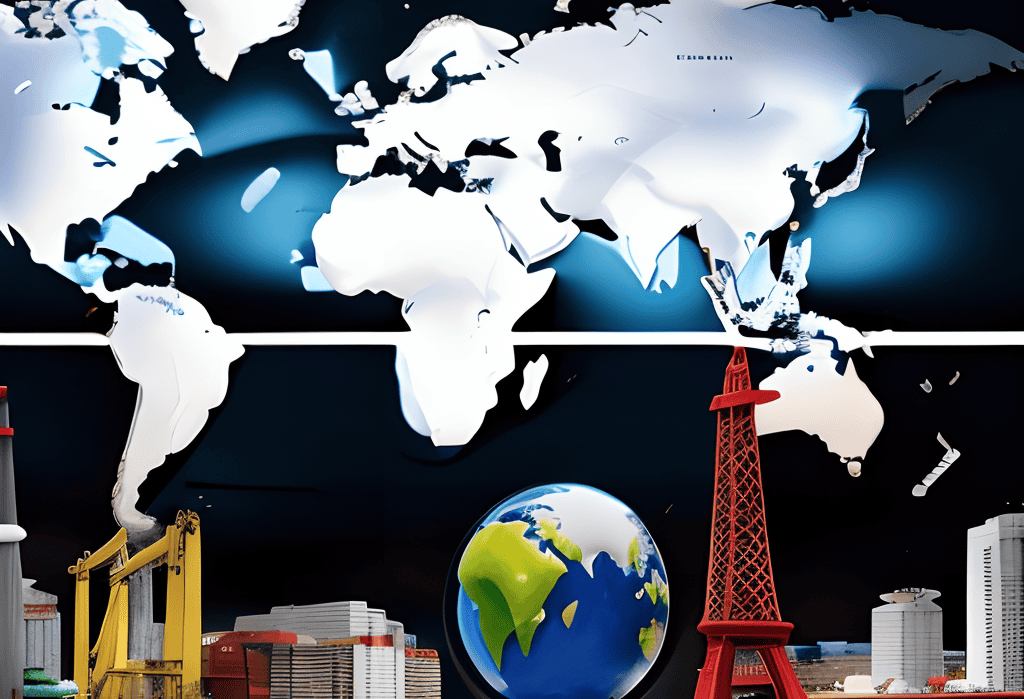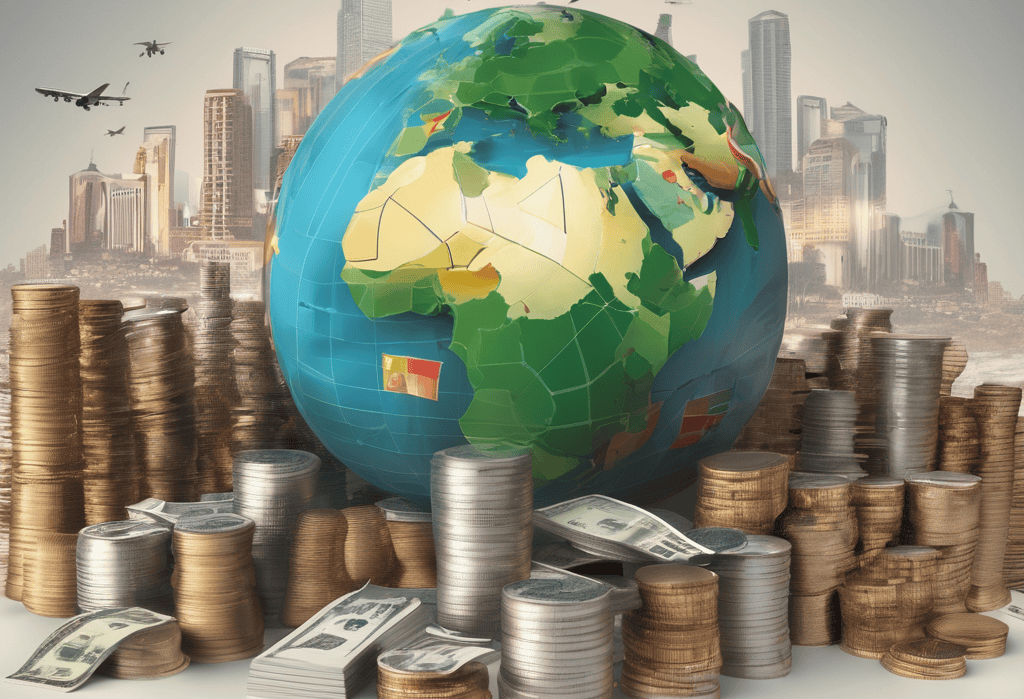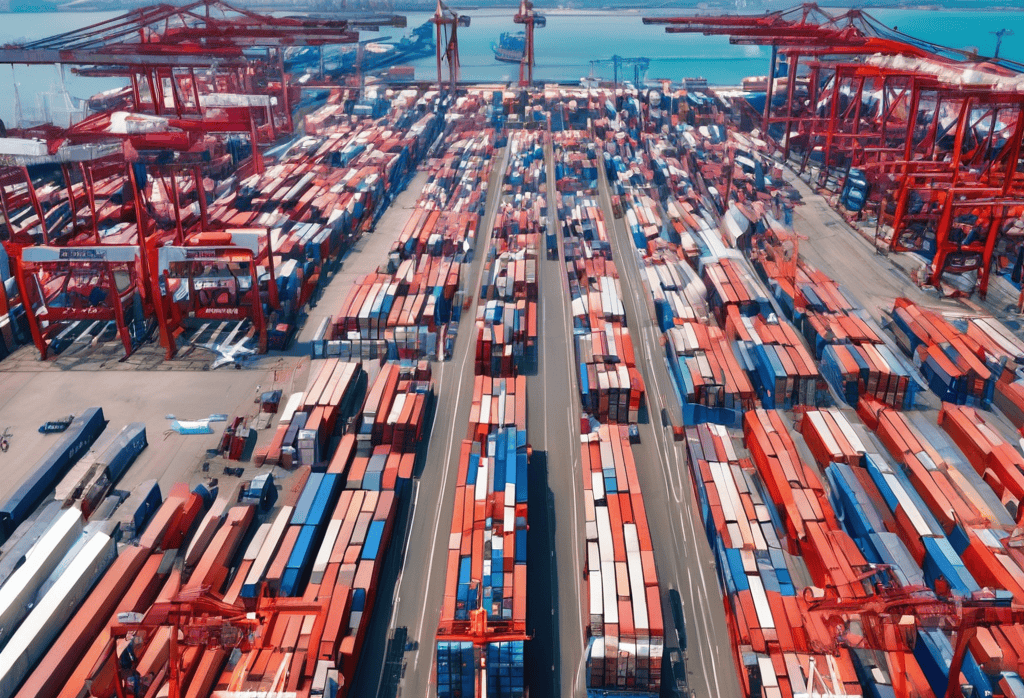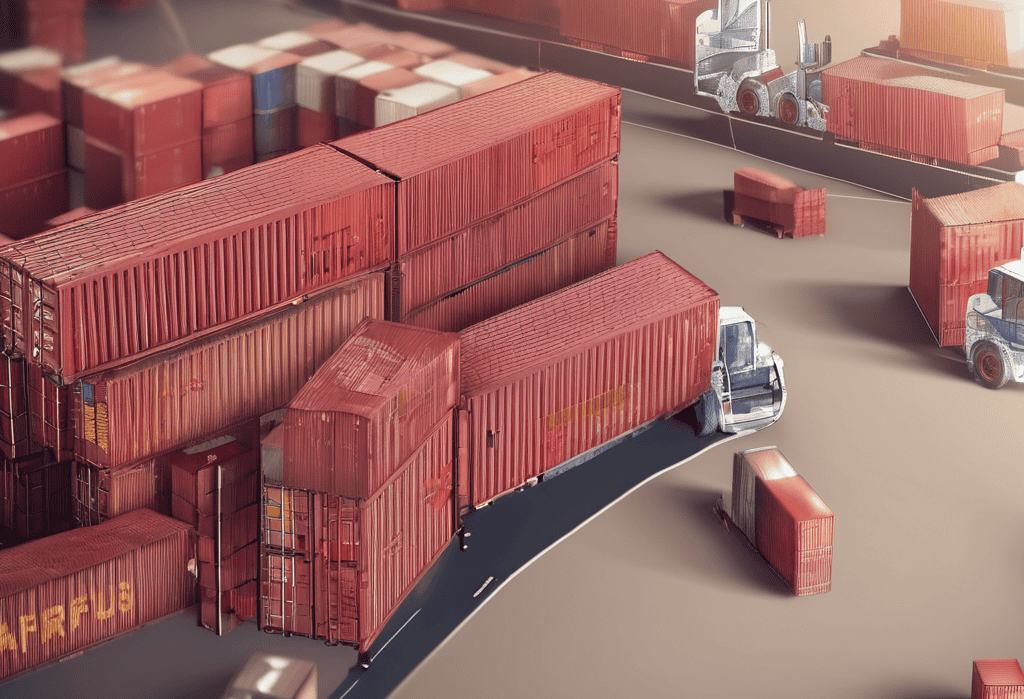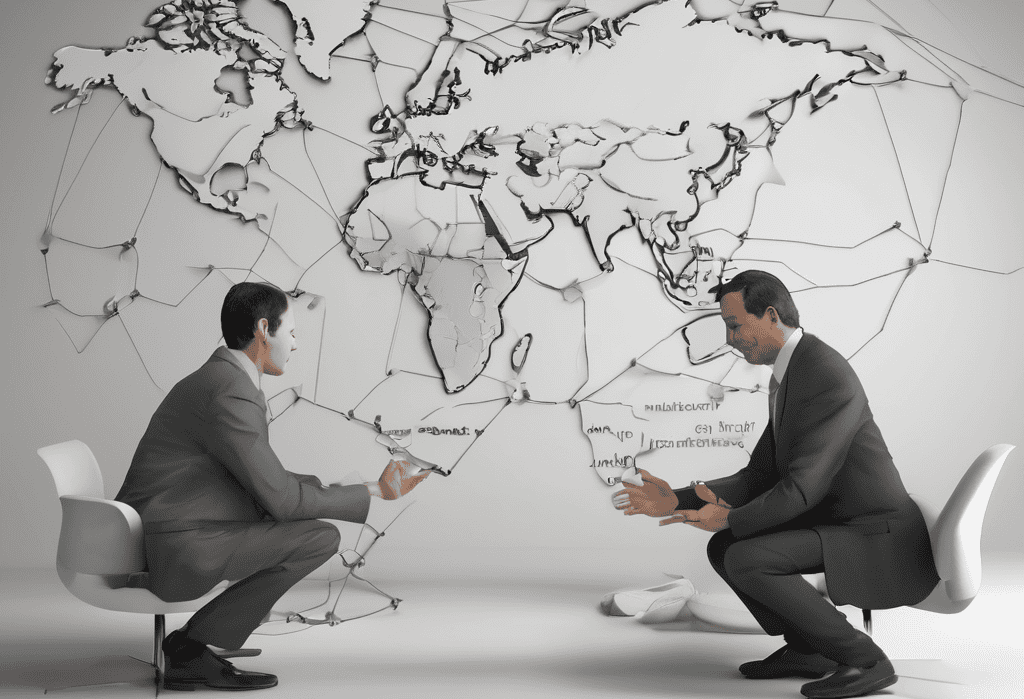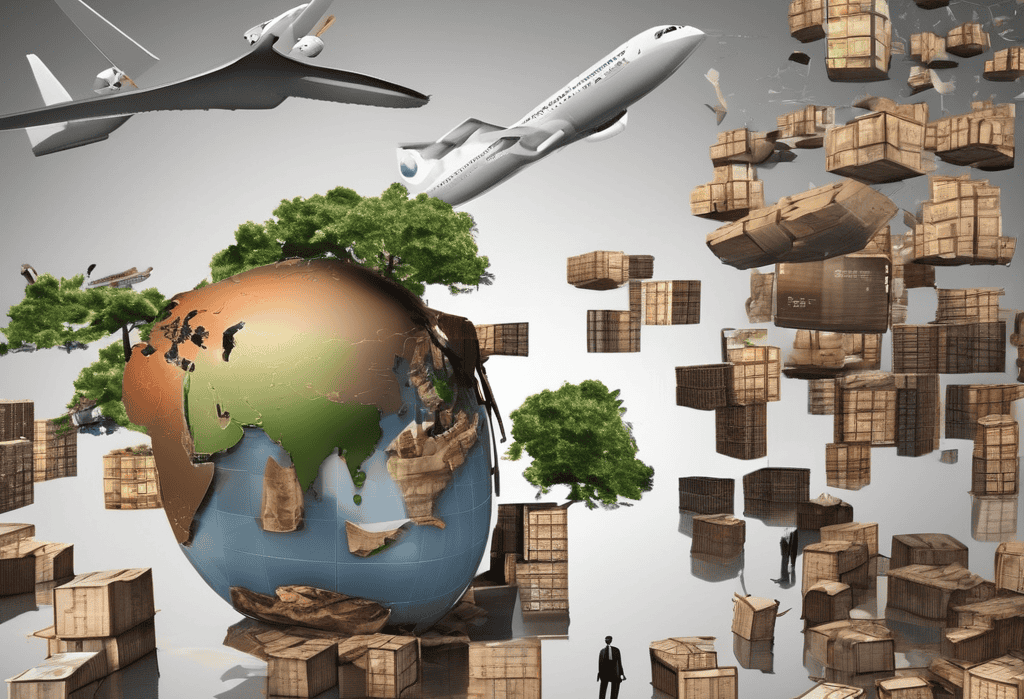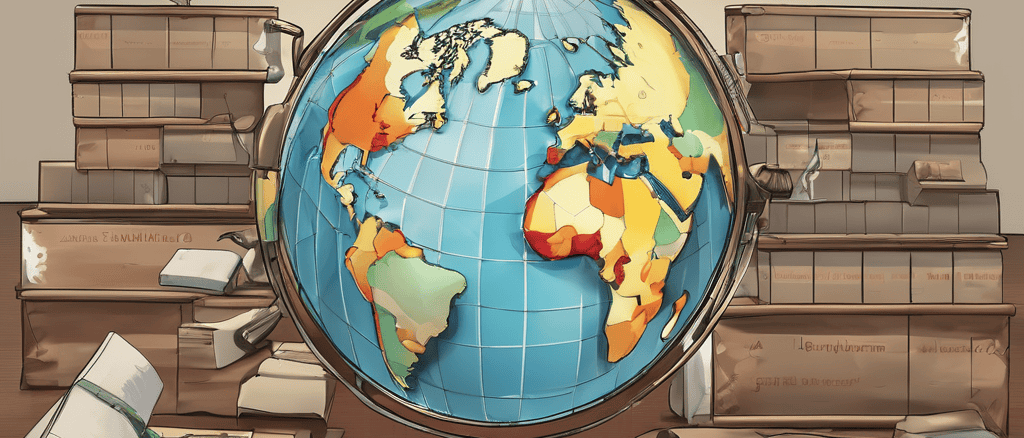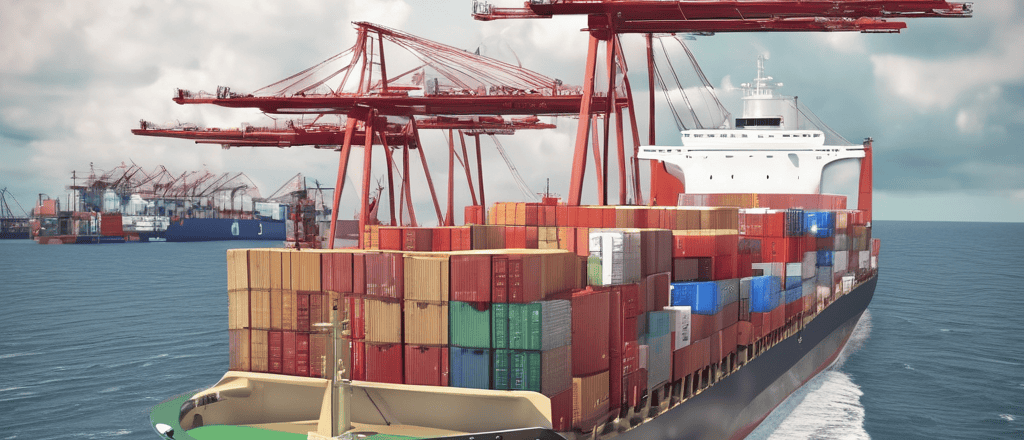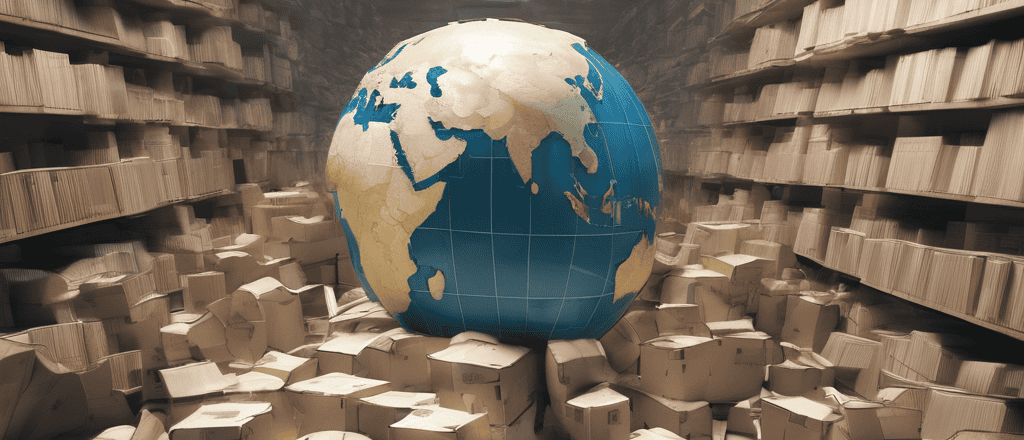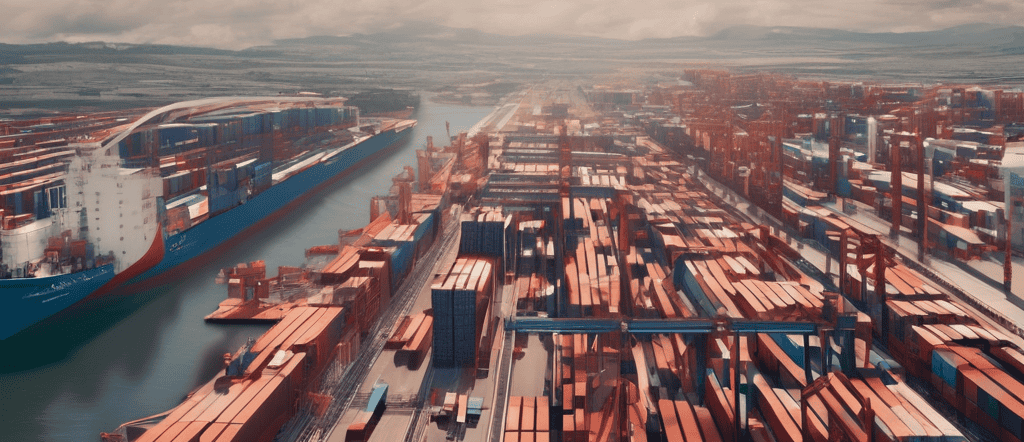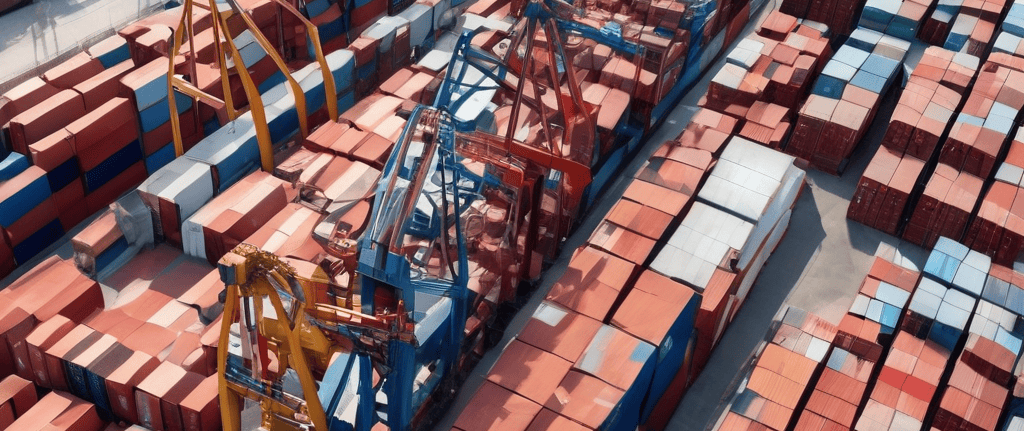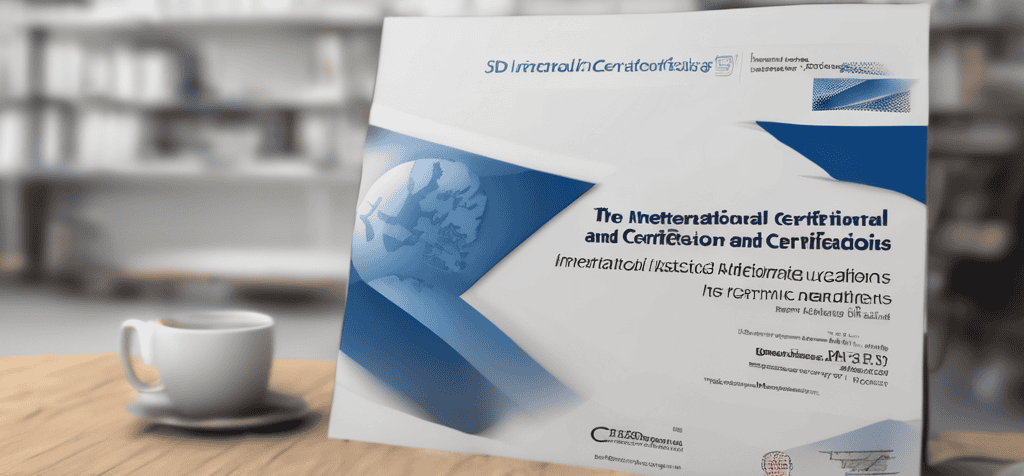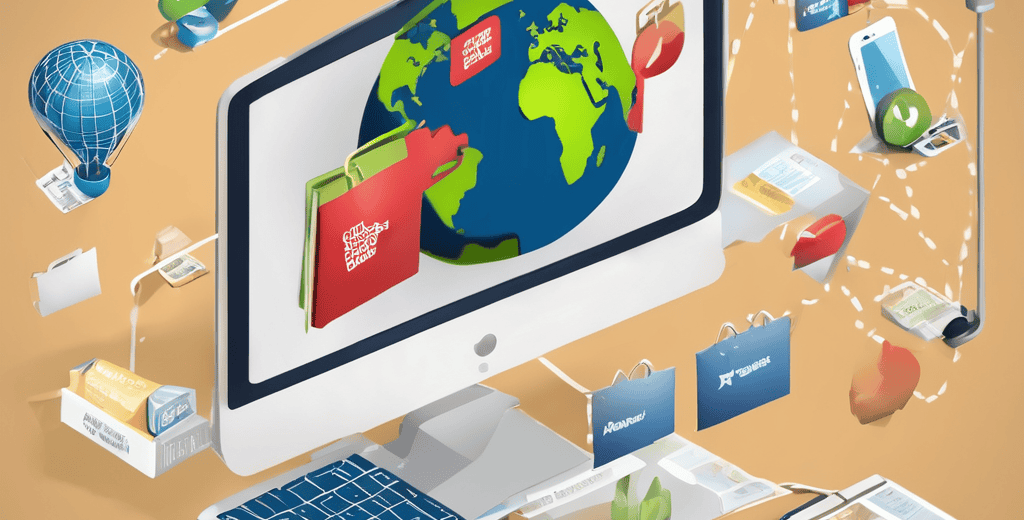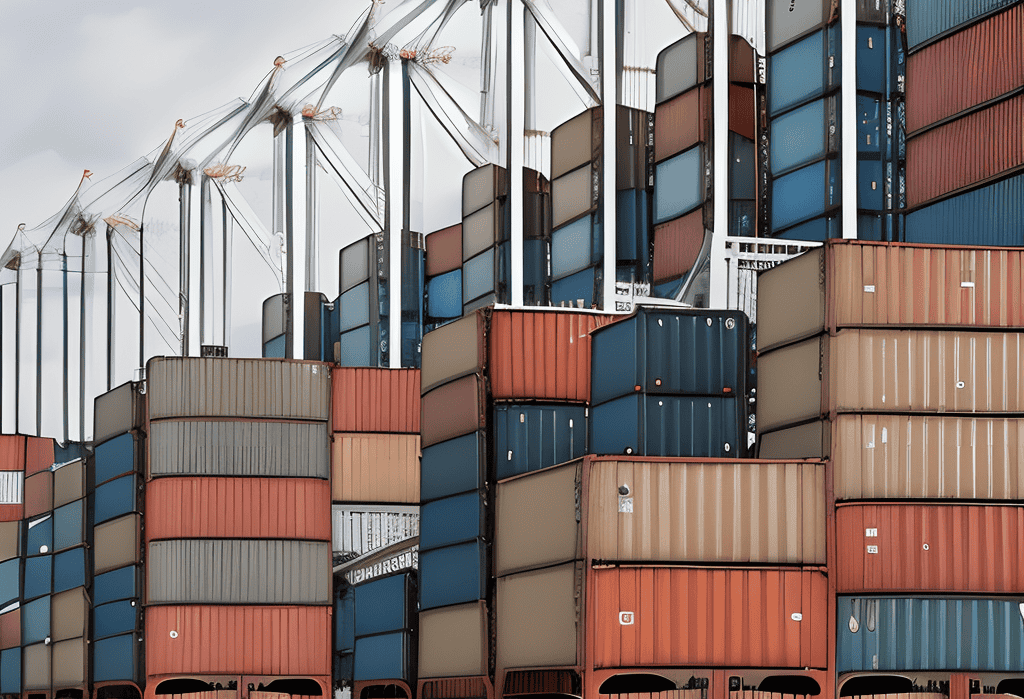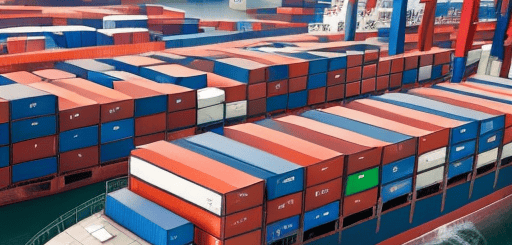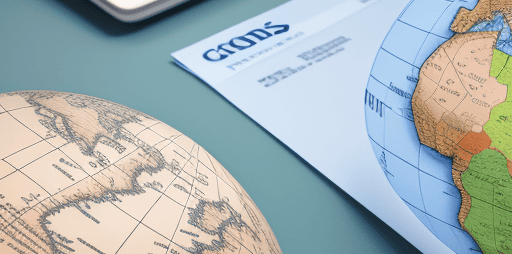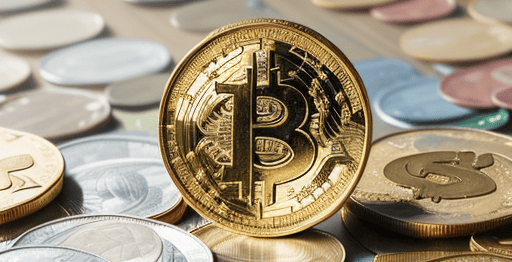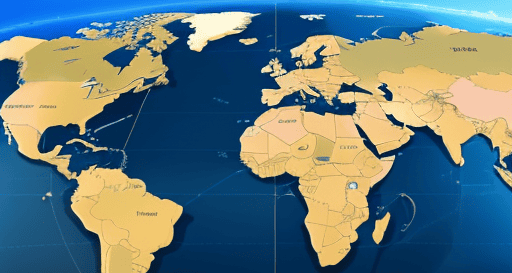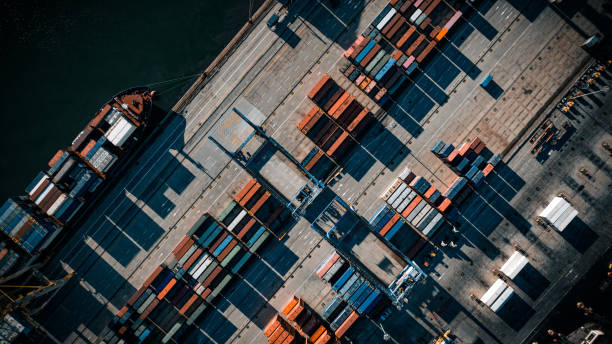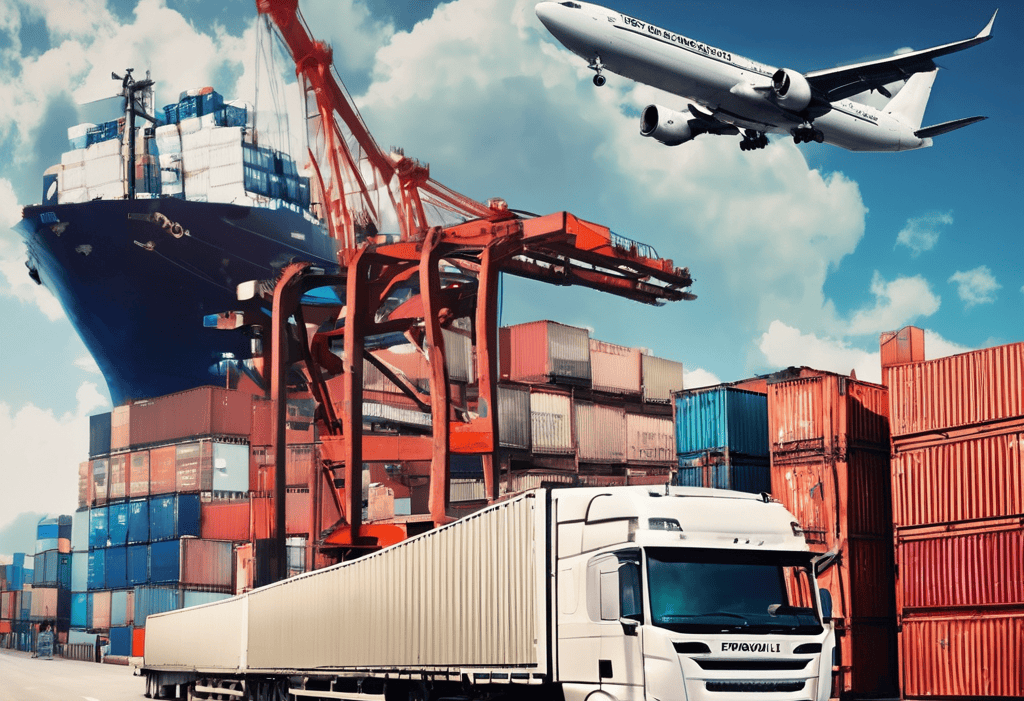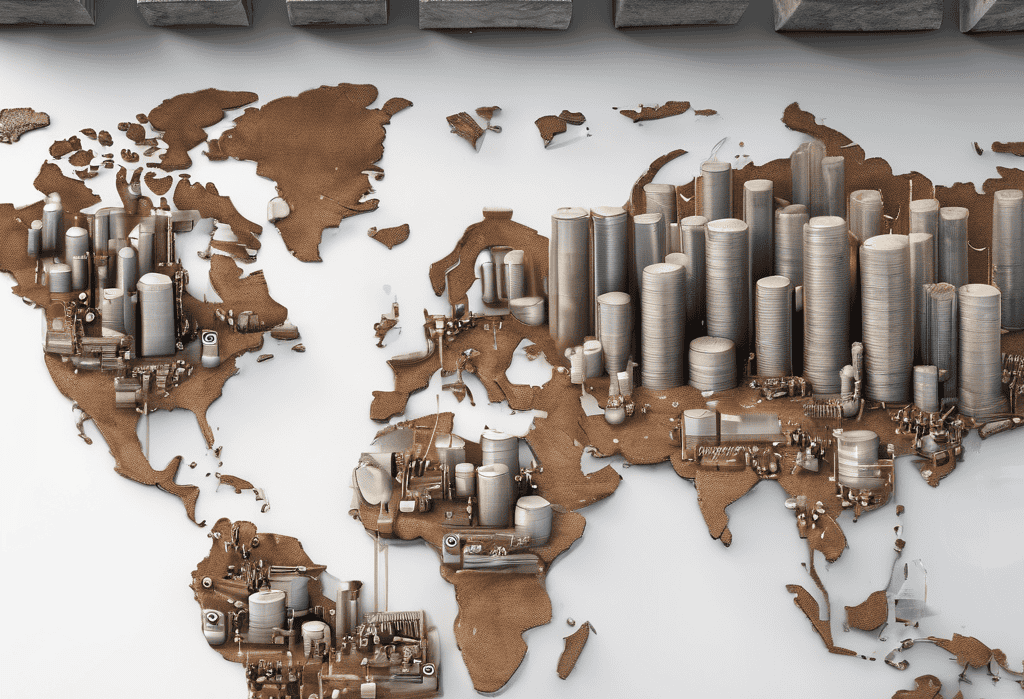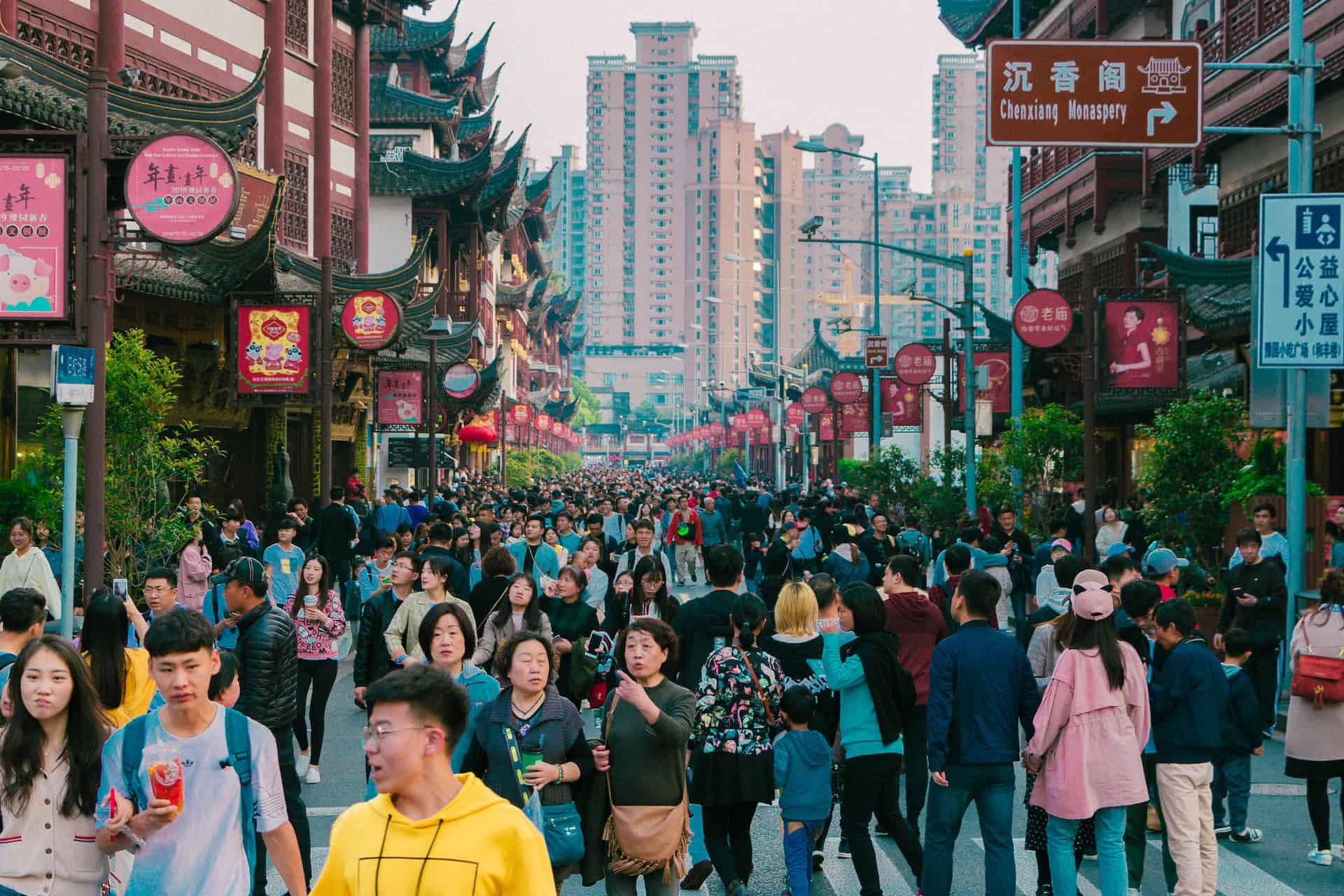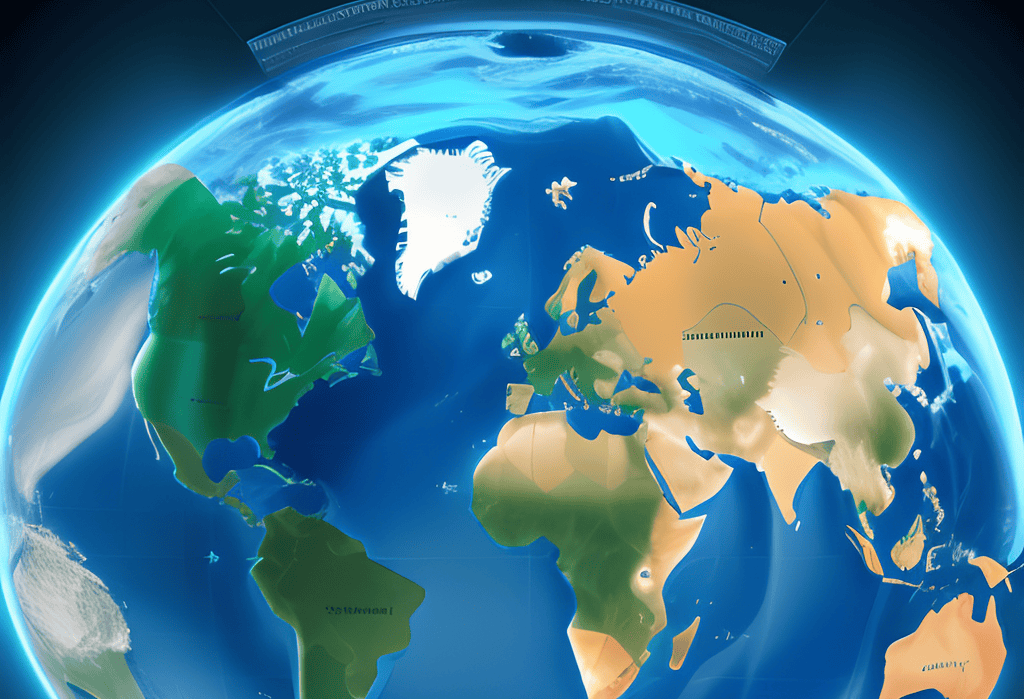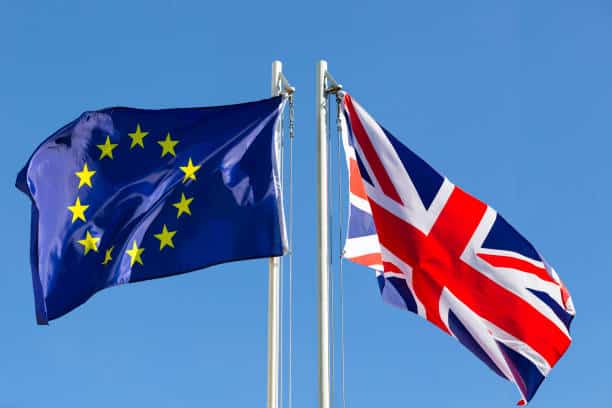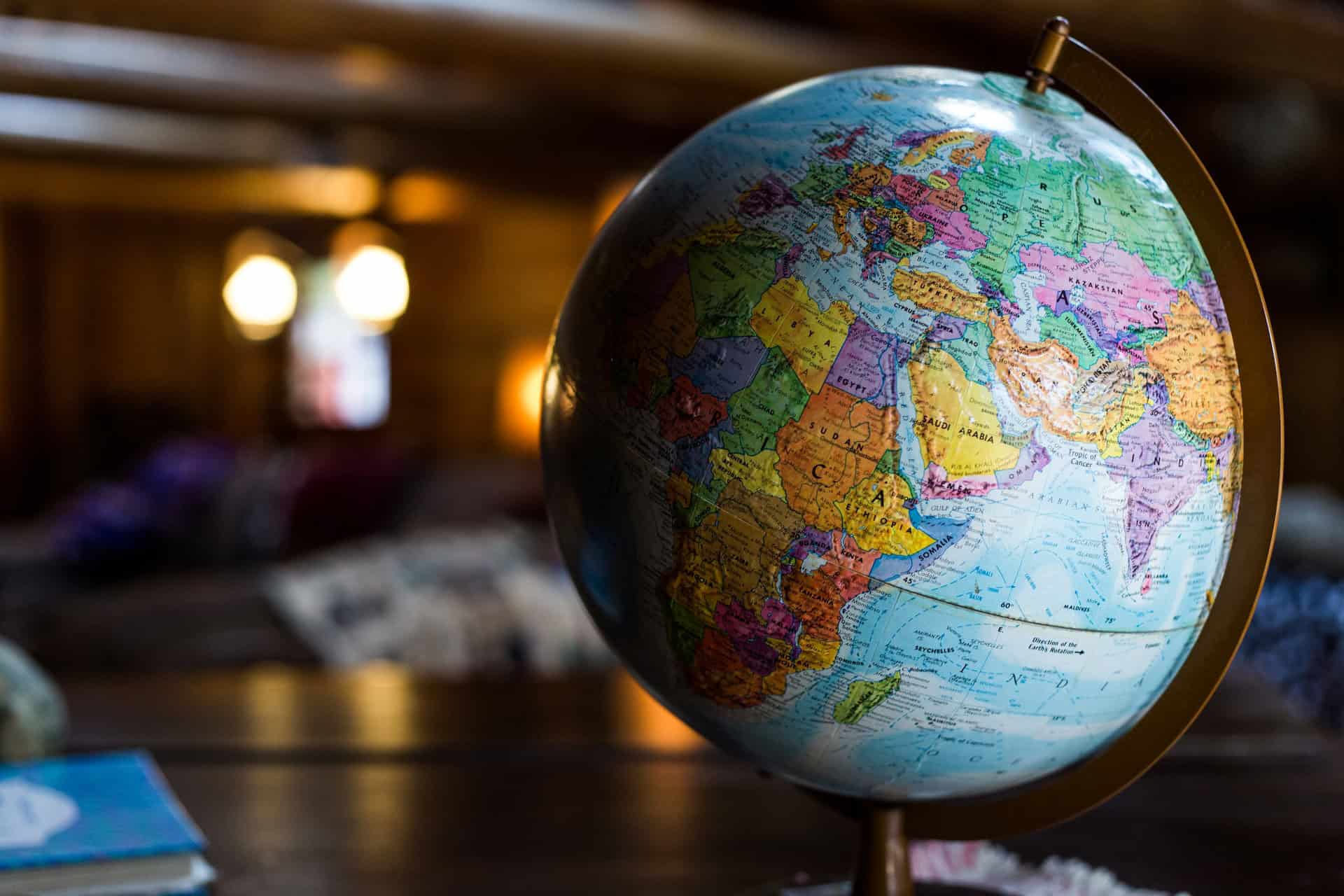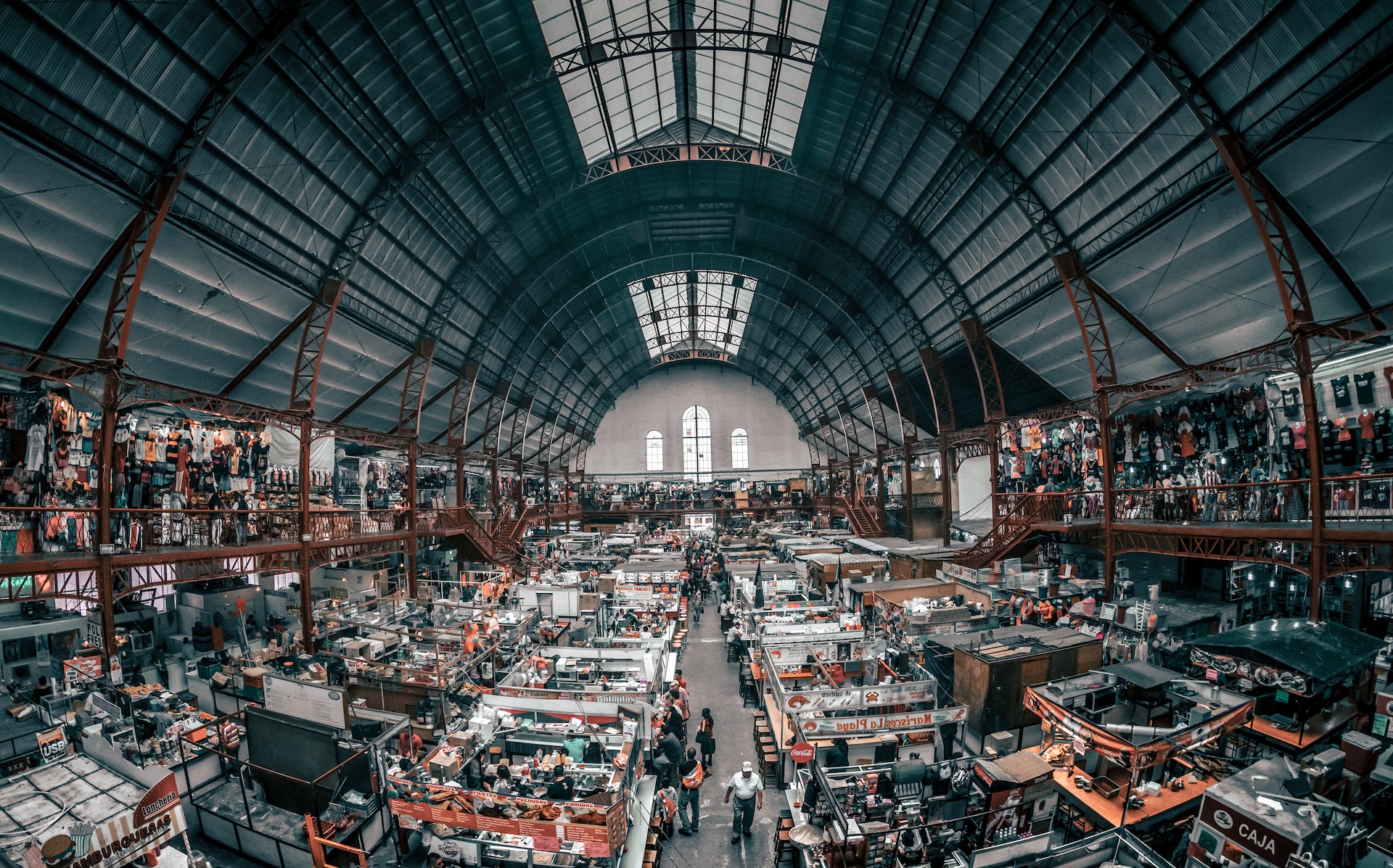The evolution of international trade is a testament to humanity's desire for exchange and economic development. From ancient trade routes to the modern era of globalization, international trade has evolved, adapting to advancements in technology, changes in political ideologies, and shifting global dynamics. Understanding the historical progression of international trade helps us grasp the interconnections and complexities of the present-day global economy.
Ancient Trade: The Origins of Exchange
International trade traces its roots back to ancient times when civilizations engaged in trade to acquire goods and resources not locally available. The Mesopotamians, Egyptians, and Phoenicians established trade networks as early as 3000 BCE, fostering exchange of commodities such as spices, textiles, metals, and agricultural products. The Code of Hammurabi, dating back to 1754 BCE, provides early documentation of trade regulations and practices.
Silk Road Ancient: Global Trade Network
One of the most renowned trade routes in history, the Silk Road, emerged during the Han Dynasty in China (206 BCE - 220 CE). Extending over 6,000 miles, this network facilitated trade between Asia, Europe, and Africa. It promoted the exchange of valuable goods such as silk, spices, precious metals, and cultural ideas. Figures like Zhang Qian, a Chinese diplomat and explorer, played a pivotal role in expanding and solidifying this trade route.
Age of Exploration: New Horizons, New Trade Routes
The Age of Exploration (15th to 17th centuries) witnessed significant expansions of international trade routes. European explorers such as Christopher Columbus, Vasco da Gama, and Ferdinand Magellan embarked on voyages, seeking new trade routes to Asia and discovering new lands. These explorations led to the establishment of trade links and colonies, enabling the exchange of goods, resources, and cultural influences between continents.
Mercantilism and Colonialism: Trade as National Policy
During the 16th to 18th centuries, mercantilism became a dominant economic doctrine. European powers aimed to accumulate wealth through favorable balances of trade. Colonialism played a crucial role in this pursuit, as European nations established colonies worldwide to secure raw materials, establish markets for finished goods, and maintain a monopoly on trade. The British East India Company, formed in 1600, became a significant player in international trade, particularly in Asia.
Industrial Revolution: Technological Advancements Transform Trade
The Industrial Revolution (18th to 19th centuries) brought about revolutionary changes in international trade. Technological advancements, such as the steam engine, mechanization, and improved transportation infrastructure, facilitated mass production and trade on a global scale. The advent of telegraphy enhanced communication and coordination across long distances, further accelerating trade and commerce.
Post-World War II: Multilateral Trade Agreements
Following World War II, global efforts were made to promote international trade cooperation. The General Agreement on Tariffs and Trade (GATT), established in 1947, aimed to reduce trade barriers and promote economic growth. In 1995, the GATT evolved into the World Trade Organization (WTO), which oversees trade agreements and dispute resolutions among member nations. The WTO has played a vital role in fostering a rules-based international trading system.
Digital Era: E-commerce and Global Supply Chains
The digital revolution of the late 20th and early 21st centuries has transformed international trade. The rise of the internet and e-commerce platforms has revolutionized the way businesses conduct cross-border transactions. Figures like Alibaba Group, founded by Jack Ma, have facilitated global trade through online marketplaces, connecting buyers and sellers from different corners of the world. Global supply chains have become intricately interconnected, allowing for efficient production, distribution, and consumption of goods.
Read more views


